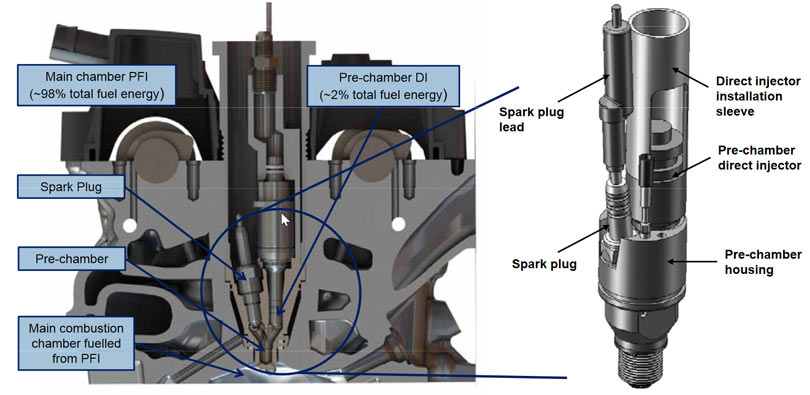Mate - I find it hard to read your post and let it go. Its vague at best and incorrect at other times. For an engine developer - LES and RANS are different tools for different jobs. It comes down to the motivation for the work and why one would want to deploy them.godlameroso wrote:Not quite, RANS(Reynold's Averaged Navier Stokes simulations) based equations still form the backbone of LES(Large Eddy Simulations), the main difference is in RANS your averages are global, whereas in LES the Reyonolds averages are per mesh. You can have just as much accuracy using RANS as LES but LES requires far less processing power for equal or greater resolution. In either case your sub-models are still the primary factor to getting results that correlate with experimental values.
If you are having similar accuracy with LES as RANS - you have either screwed up the simulation with too much filtering and have end up high turbulent viscosity. Or you are applying LES to a problem which does not warrant a higher order method.
In most RANS cases, the averaging is performed over time. By using only one time scale - its only good to compute effects of mean flow. In most LES cases, you use a spatial filtering and directly solve the higher scales of turbulence and model only the smaller eddies. The solution is time dependent. So for engine development - LES is used to understand unsteady, time dependent phenomena - such as cycle to cycle variability, combustion instabilities etc - which RANS does not have the means of resolving.
And LES is more expensive whichever way you look at it - cost/time/knowledge, processing power, expertise of the user, higher order numerics, more detailed boundary conditions etc.
What happened in 2012 to say that its been a game changer? The codes have been improving year on year with research.godlameroso wrote:The point of all this is that since 2012 CFD in combustion has taken a big leap, and that leap has allowed the advances we're seeing today.
The meshing does not take years. In fact with modern codes, you do not even mesh the models, as they are done automatically.godlameroso wrote:A lot of engine development CFD starts in designing your mesh models which can take years, if you have a good model before everyone else you can literally be years ahead of the competition.
That's a poor correlation for the evidence you've presented.godlameroso wrote:It does partly explain why a certain manufacturer got it right before everyone else, and all the other manufacturers have been playing catch up ever since.





